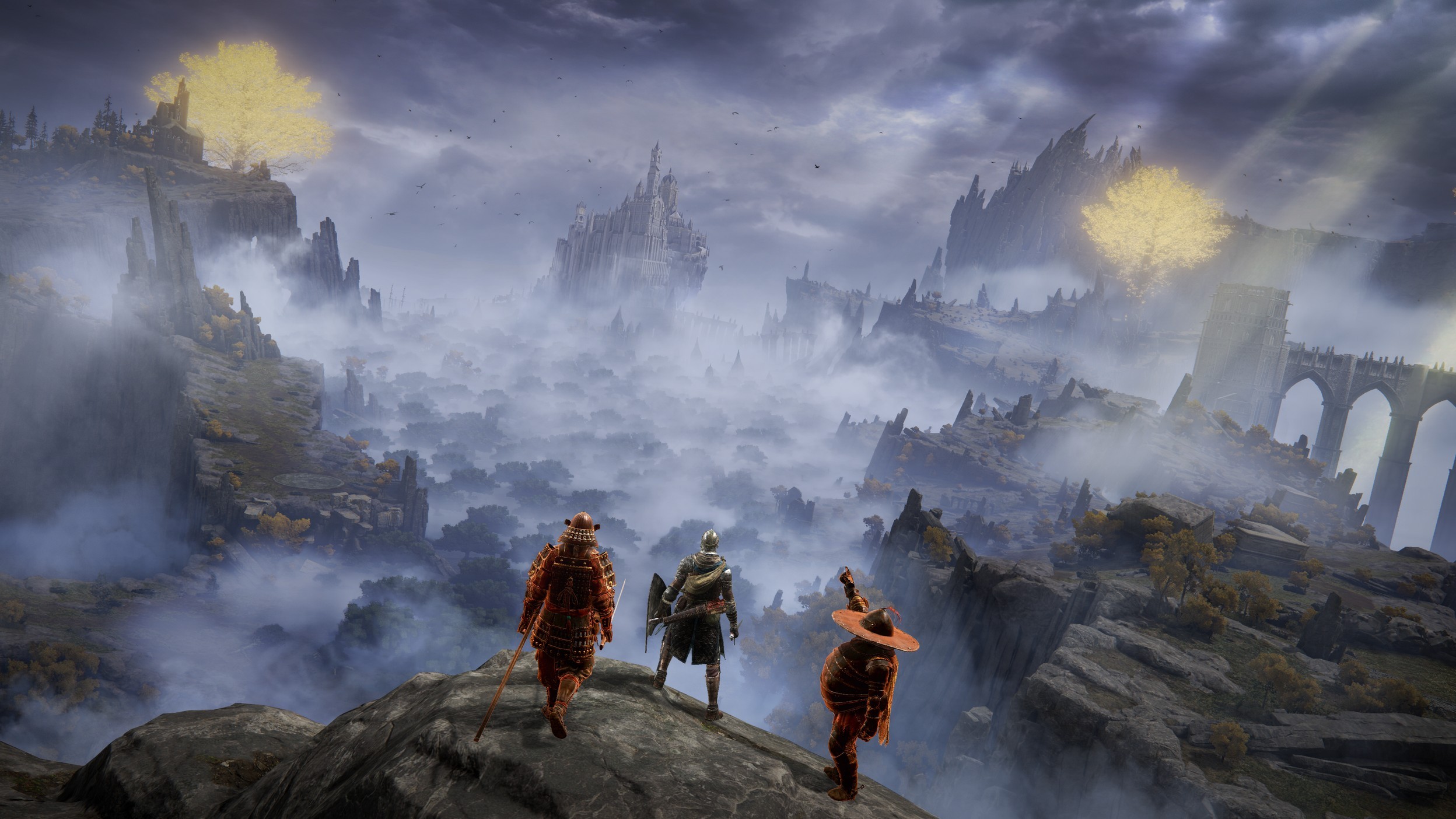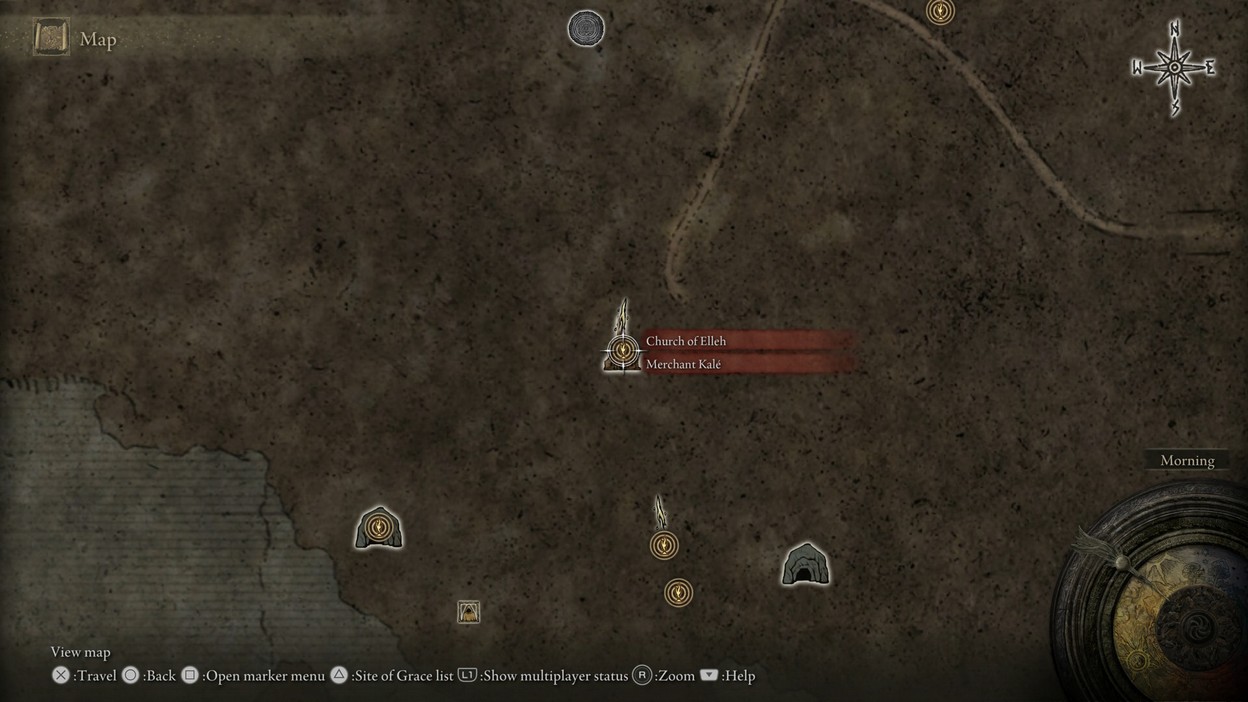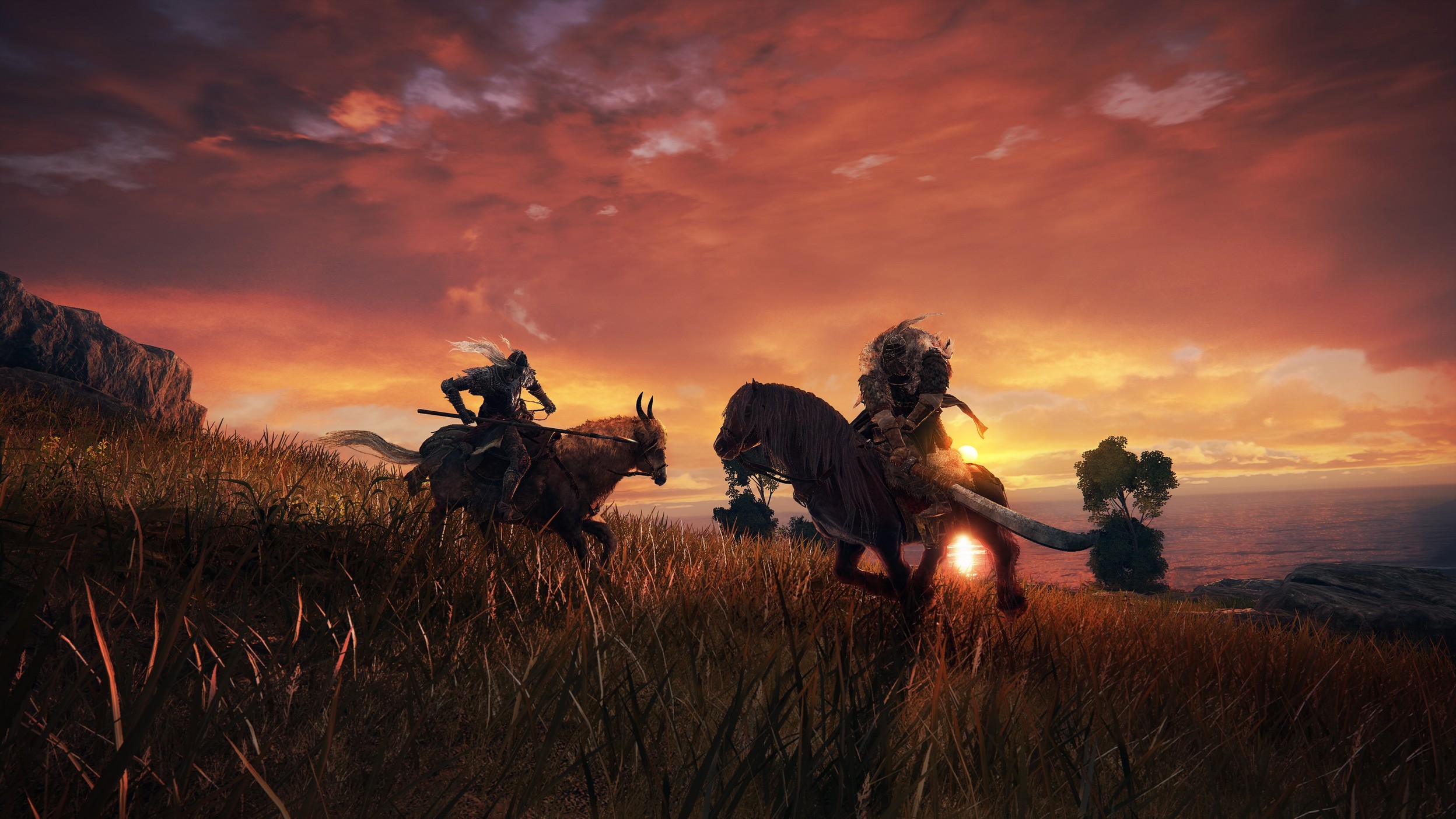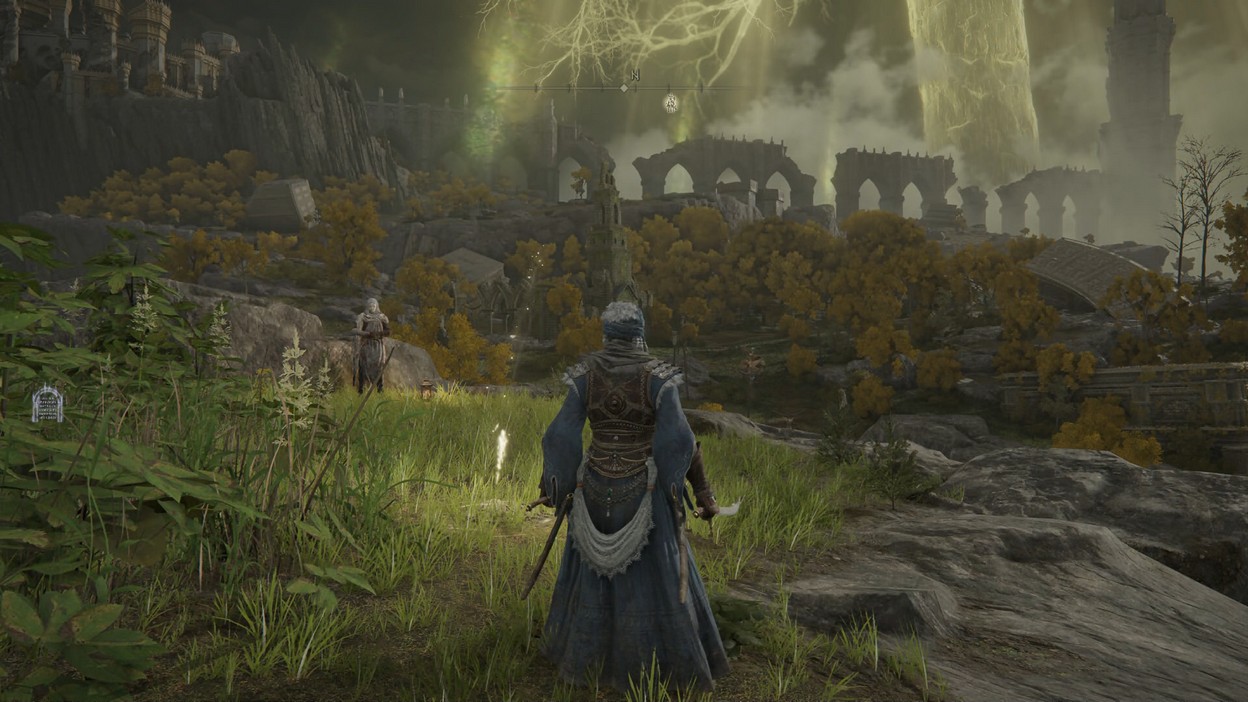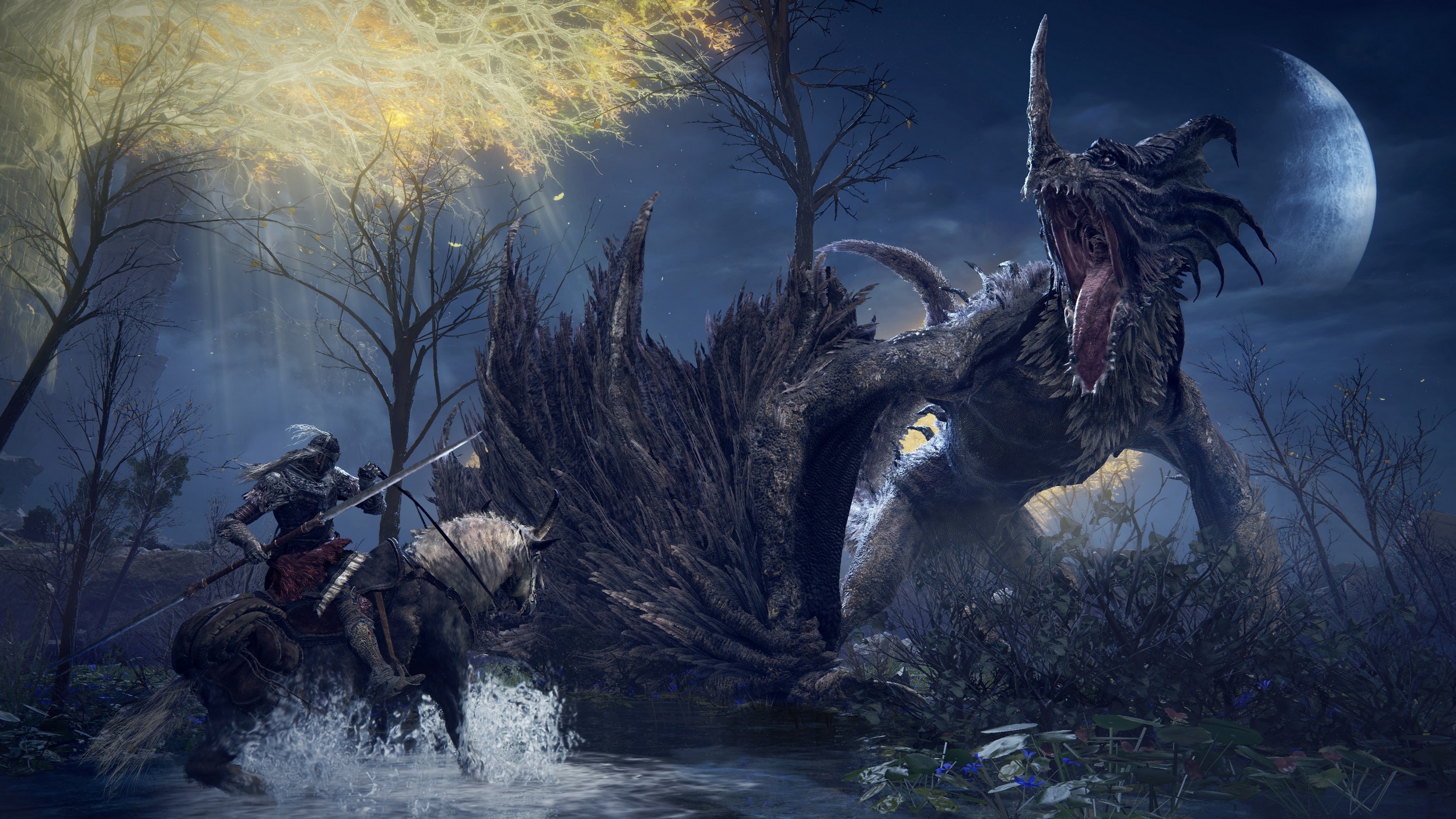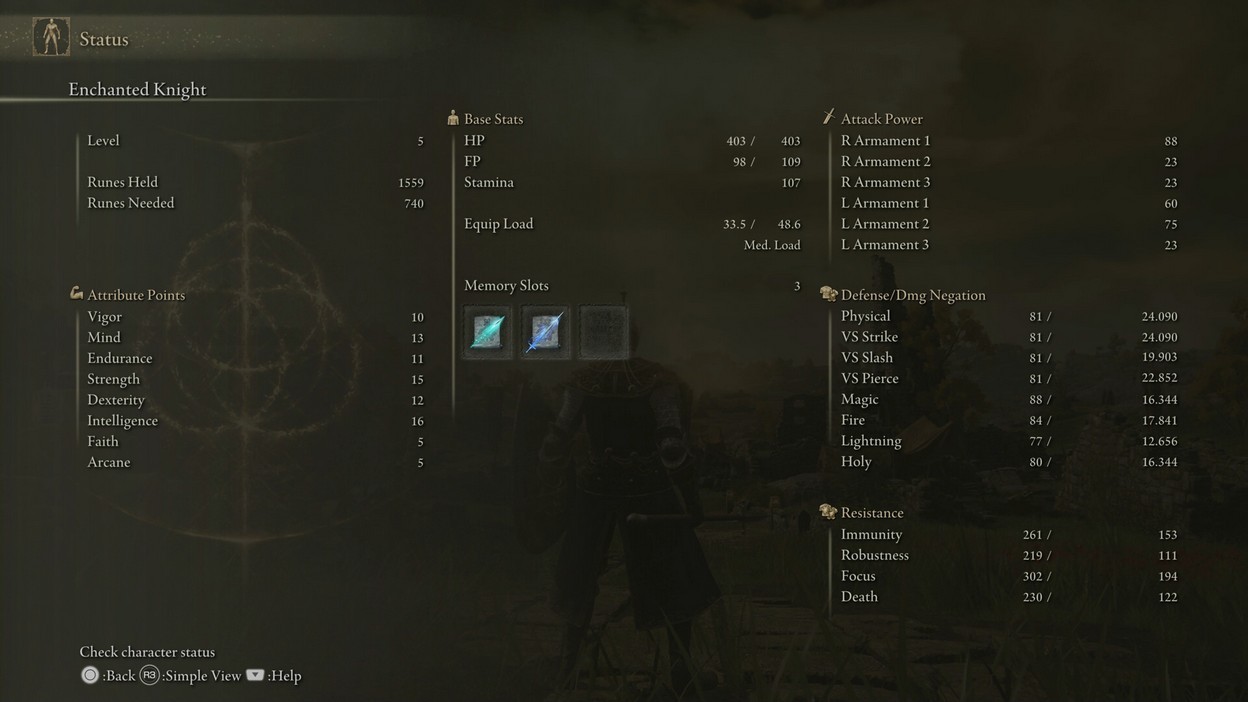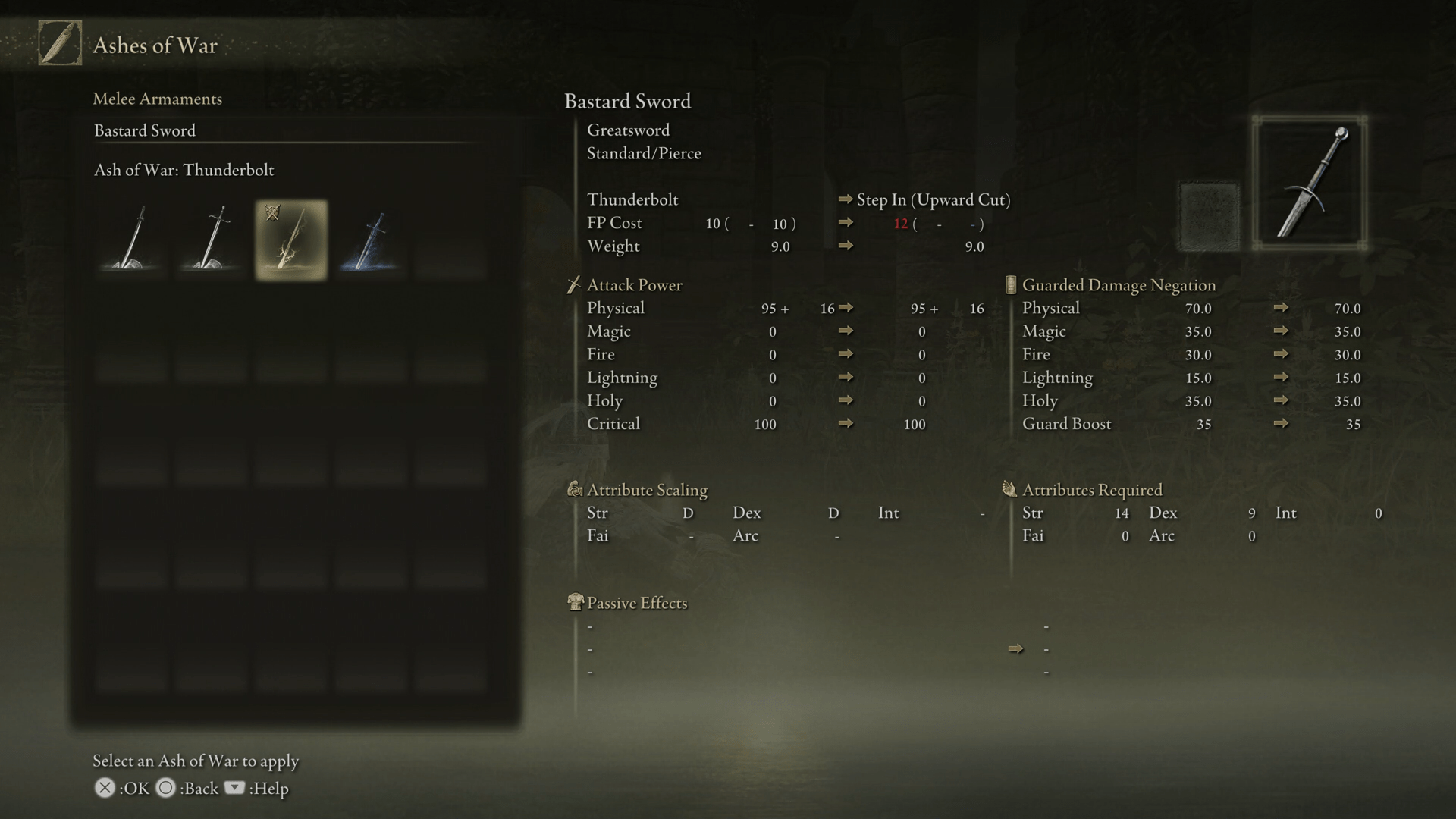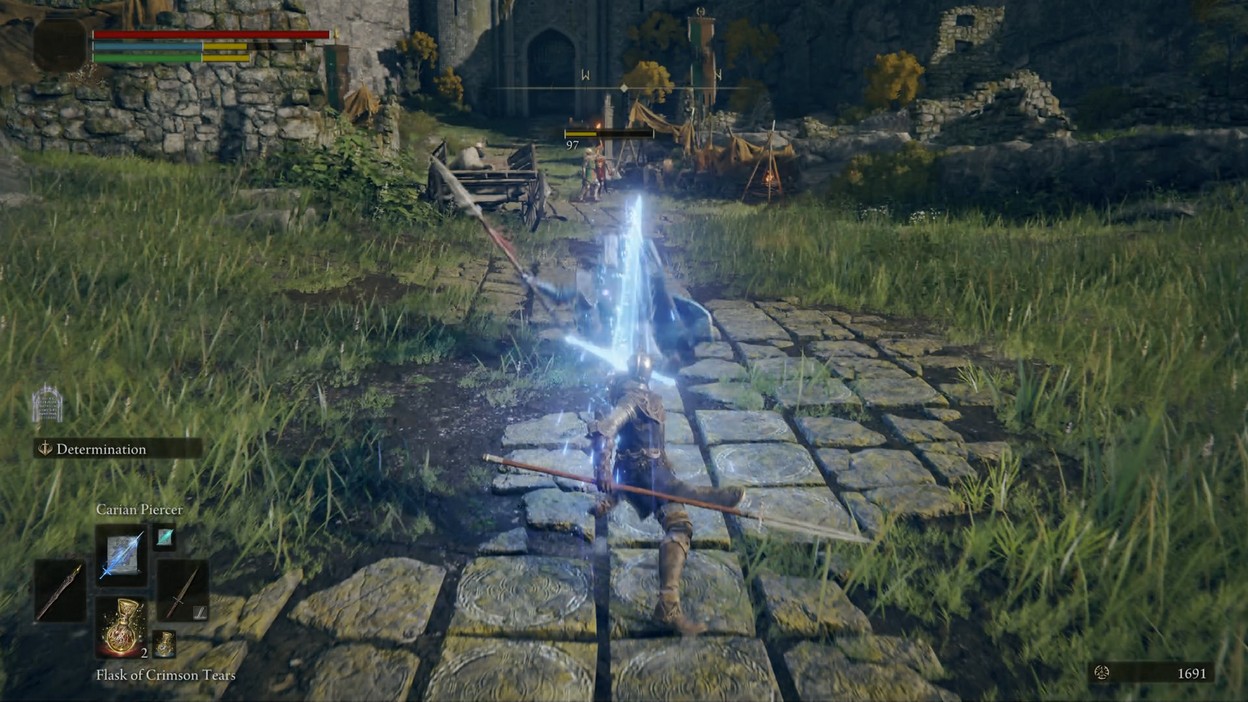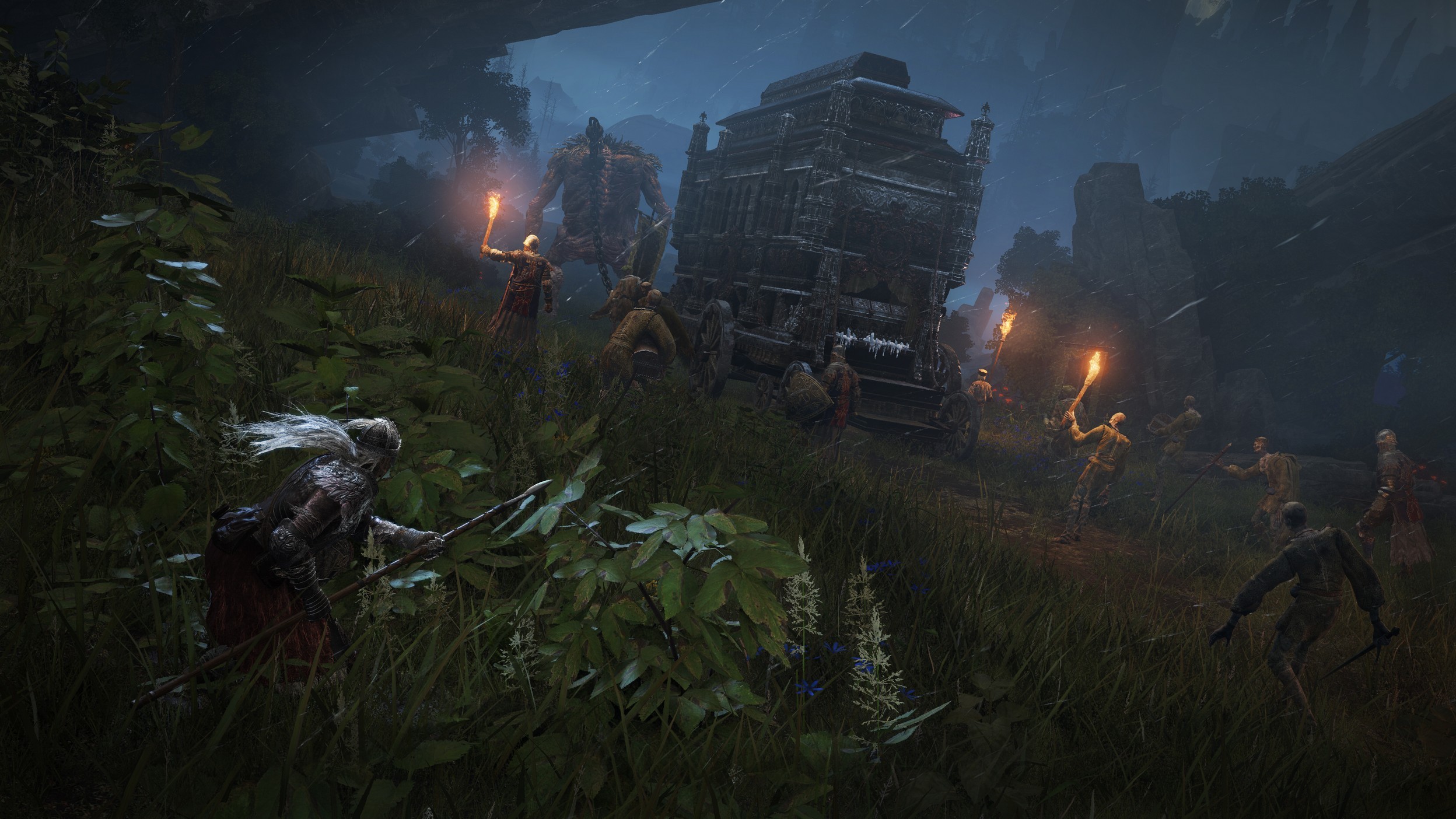Elden Ring Hands-On Impressions | A Potential GOTY Contender
Recently, we got a chance to play the Elden Ring Closed Network Test early, and we found the game to be impressive in many ways.
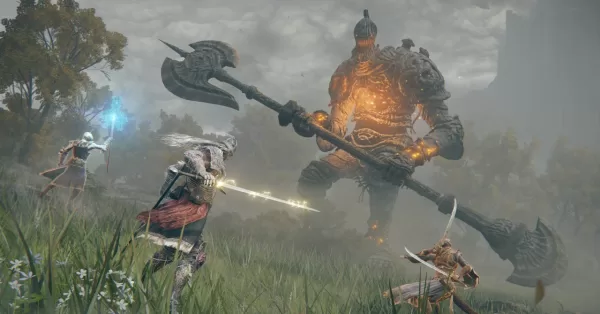
After finally showing a 15 minute of Elden Ring gameplay preview, Bandai Namco gave select media a chance to play the game early, ahead of the game’s upcoming Closed Network Test. And we were lucky enough to be part of it!
As a Dark Souls fan, I was definitely excited to get my hand on Elden Ring. And while the Beta build only featured a small slice of the whole game, what a delicious slice it is!
Before we start: While this video is in 30FPS, I played the game on the Favor Performance setting on the PS5, and it ran at 60FPS for the most part, except in some situations that I will mention later. Plus, I wasn’t able to test out the game’s multiplayer, so these impressions will focus solely on PvE.
A Wide-Open World
One of the highlights of Elden Ring is that it’s the first FromSoftware Soulslike game to feature an open world. Make no mistake though, this game’s open world is unlike the typical one which is filled with lots of markers that make activities feel more like a checklist. What makes it even better is that, while there is a main route to progress, the game does not outright tell you where to go with floating markers. Instead, the world is designed in such a way that you can easily tell where you’re supposed to go to progress the main story.
To further help you get your bearings, there are Sites of Grace that point the way to the next main objective.
The Sites of Grace are Elden Ring’s version of Bonfires from Dark Souls. Resting at these Sites will heal you, refill your flasks, and enable you to level up or choose the spells you want to equip. You can also choose to fill the HP or FP flasks with more charges here. Of course, resting at these Sites of Grace will revive all enemies.
These Sites also allow you to fast travel. How it works is that while in the overworld and not in combat, you can freely travel to any Site of Grace that you’ve activated. This makes exploring the world convenient. What makes exploration easier is the fact that you also get a Spectral Steed to help you travel the game’s world faster. On top of this, Stamina is not consumed when running outside of combat.
Outside of the main path, there are also lots of areas to explore. Best of all, these points of interests aren’t exactly marked on your map. For example, the way to the main objective is through a gate, but you might notice on the map that there’s a road on the opposite direction. If you instead follow this road, you’ll happen upon a caravan which you can clear to get some nice loot. Again, the game does not tell you to do this, so it’s a nice reward for players that are keen to explore.
The preview build of the game only featured of a small part of the map, but I can already say that Elden Ring’s open world is not like your typical Triple-A title. The small slice of the map I explored was incredibly well-crafted and easy to navigate, all without relying on floating objective markers.
Now, enough about the game’s world. Let’s talk about Combat.
Brutal Combat
When we interviewed FromSofware’s Yasuhiro Kitao, he mentioned that the speed of combat in Elden Ring is similar to that of Dark Souls 3. Having played Elden Ring, I can confirm that it plays a lot like Dark Souls 3, but with a healthy dose of Sekiro.
Veteran Souls players will feel right at home with Elden Ring. Facing off against standard enemies works the same way as in previous Souls games, meaning the ideal strategy is to take on foes one-by-one, blocking or dodging their attacks, and trying to go for a backstab or a critical hit. What makes this game different from Dark Souls 3 is that it adds the ability to crouch and jump – straight out of Sekiro.
While your character is not as mobile as Sekiro, the game does have some stealth elements. This is helpful when you’re up against an enemy camp, especially as some of them can alert the whole camp that you’re there. Ideally, you want to thin out the enemy numbers first before taking on the stronger foes there. If you do accidentally alert them, or if you prefer taking them all at once, you are free to do so.
If you manage to survive, you will be rewarded with a refill of your healing flasks. This is because, in Elden Ring, killing a group of enemies will refill your HP and FP flasks, with more charges being refilled the bigger the group. This is a nice touch as it means you can keep exploring without the need to return to a Site of Grace after an enemy encounter.
Now, if you die, you will either revive in the last Site of Grace that you rested at, or at a Stake of Marika if there’s one nearby. These Stakes of Marika act as mini checkpoints, as they’re usually located near enemy camps or particular bosses.
These Stakes, coupled with the flask refills, stealth, and generous Sites of Grace placement means most enemy encounters shouldn’t be too difficult. In fact, I’d say that the mobs I faced in the Elden Ring preview are a bit on the easier side for a Souls game, especially compared to Dark Souls 1 or Bloodborne.
The bosses though, they’re a different story.
The preview featured several bosses, and holy crap are they difficult. For most of the bosses, I had to fight them repeatedly before I managed to win, and for some, I even had to grind a bit to get enough Health and Stamina to tank their hits when I mis-timed my rolls – which I did plenty of times to be honest. This is because I found their patterns to be difficult to master. Sometimes they have fast attacks, others have a wind-up that throws me off.
That’s not to say that the bosses are unfair. At no point in my playthrough did I feel truly frustrated as my deaths were always because I did something wrong, and not because of some BS from the bosses. In terms of difficulty, I’d say that this definitely tougher than Dark Souls 1 or Bloodborne bosses, and maybe on the level or a bit harder than Dark Souls 3, though I can’t place it for sure.
What I can say for certain is that the run-up to the bosses is forgiving. Practically all the boss fights have close Sites of Grace or have a Stake of Marika close by so you can easily try again if you fail.
Tweaked Systems
Elden Ring plays similarly to Dark Souls 3, and the systems should be familiar to series veterans, though there are some tweaks. For starters, the Stats in this game are a bit different. The Vitality stat is no longer here, meaning Equipment Load is now increased by the Strength stat. I quite like this as it makes the choice of which stat to level up a bit easier now. Though there is the addition of the Arcane stat. Based on my time with the game, I’m still not sure what build would benefit this stat.
Aside from the tweaks to Stats, Elden Ring introduces Ashes of War. Essentially, Ashes of War add skills to certain weapons which consume FP when used – think Weapon Arts from Dark Souls 3. While certain weapons have skills that can’t be changed, for most weapons, you can equip an Ash of War with a skill that you prefer. Personally, I found these Skills to be incredibly useful. In fact, I wouldn’t have beaten some of the bosses without them.
Ashes of War also allow you to imbue your weapon with a certain Affinity. Affinity is basically the Infusion mechanic from Dark Souls 3. For example, you can equip the Repeating Thrust Ash of War, and then choose to imbue your weapon with the Keen Affinity to enhance Dex scaling. What makes this system great is that you can change your weapon’s Affinity at any point in a Site of Grace. This means you won’t have to scrounge for Gems to infuse your weapon, and potentially waste one if you don’t like a certain infusion.
Another new feature that Elden Ring has is Spirit Summons. In certain areas of the game, you can spot an icon on the left side of your screen which indicates that you are able to Summon Spirits. These Spirit Summons can be bought in shops and can be used to help you out against enemies and even bosses. Depending on your playstyle, these Summons can be invaluable. Though they can only be used once per encounter, so you can’t just stack Summons.
In my main run of the preview, I used a Sword and Shield while relying on some Skills and Summons, but not Magic. Though I did try out some of the other classes which had Magic. It’s a bit too early to say this, but I think these more magic-focused builds can be quite viable in Elden Ring. Though we’ll have to wait for the full game to release before we find out how good magic can be in this game.
One thing to note with the game though is that, on the PS5, I experienced some slowdown during certain fights. This is still a preview build, but here’s hoping the full release of the game sticks to a smooth 60FPS on the performance mode on the new consoles.
Initial Verdict
After spending hours playing through this small slice of the game, I can confidently say that Elden Ring is a Game of the Year contender for 2022. Sure, it may just seem like Dark Souls 4, but it’s much more than that. The game features what looks to be a well-designed open world, coupled with brutal combat that’s incredibly satisfying. On top of this, the standard Souls systems and mechanics have been tweaked for the better.
Elden Ring is a game with a ton of hype, but if the full game delivers more of what the preview has, then it can definitely meet or even exceed expectations!


